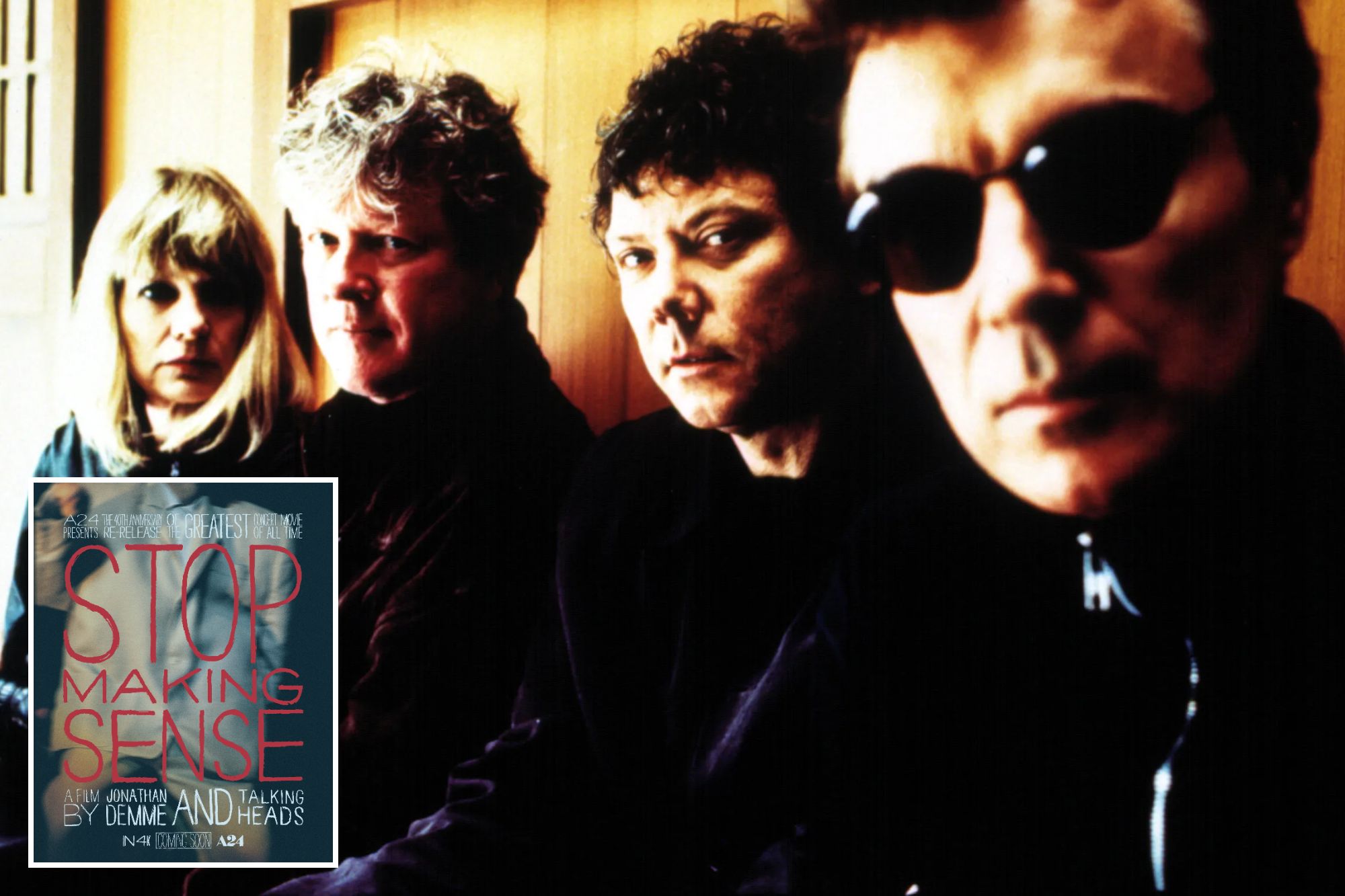Fifty years ago this month, three clean school students called Talking Heads performed a audition night at the Bowery Club CBGB. Different from the other recently nested punk bands that put the New York City hole on the wall on the map, leader David Byrne, bassist Tina Weymouth and drummer Chris Frantz seemed and did not sound like no one else.
The Skittish singer, with empty eyes, accompanied his strange vowels and his letters with hyper-rhythmic guitar, while the little bassist Ros (a rare female from the mid-70’s) and a robust battery of Top de Fregó retained the propulsive slot.
Its sticky “Psycho Killer”, with his choir singing, immediately attracted the attention of the owner of Club Hilly Kristal, who reserved them for a series of dates, including the opening for the Ramones.
Later, adding the keyboardist/guitarist (and Harvard Gradry) Jerry Harrison, the band would become the “ most original, musically ambitious and rigorously creative rock group of his time, ” writes Jonathan Gould in his new biography, “ Burning Down the House: Talking Heads and New York Scene who transformed rock ” (on June 16).
The book Interrela widely the cultural, social and economic history of New York City (from its bankruptcy and the center’s art center to Son of Sam and the boom of the 80’s), while the band evolves into an expanded group of African American and white musicians, ambitiously exploring more innovative sounds.
A former professional batterist and author of the well -received biographies of the Beatles and Otis Redding, Gould says that “having grown in New York, a large part of my attraction for the subject meant the opportunity to write about change in social life and geography of the city for the last fifty years.”
He focused on talking about heads, relates, because “ having written books on the archetype of a rock group and the archetype of a soul singer who was part of an extensive exploration of the central race in Anglo -American popular music, wanted to tell the story of a second -generation rock group with black music, as David Byrne dramatized. ”
Gould calls byrne, suburban, suburban, “one of the whitest men” ahead of a rock group, but who transformed throughout his career into a singer, musician and performer embodying many of the most kinetic qualities of black music, maintaining an unequivocally “white” identity.
From reinterpreting the “Take me to the river” from Al Green to the music of Africa and Latin America, Talking Heads released eight studio albums between 1977 and 1988.
The group once met in 2002 to perform in their induction at the Rock & Roll Fame Hall. More recently, the band was again called for a public discussion at the Toronto Film Fest and with Stephen Colbert to celebrate the reissue of “Stop Learing without”, their 1984 Seminal Concert.
In “Burning Down the House”, Gould explores how Byrne’s Asperger’s Syndrome affected his relationships, as well as “ he had a strong influence on his creative sensitivity, starting with his tendency to approach most aspects of music without the kind of preconceptions that most of us accept as a way of trying to show the other people we know. ”
Gould adds: “David’s Asperger also contributed to his notable concentration and observation powers, partly because the spectrum people learn to pay close attention to things as a way to navigate an unknown and sometimes incomprehensible world. At the same time, I think it is important to put it in context. Being at all and at the end of his personality or his creative sensitivity.”
In an attractive narrative, Gould tracked the journey of heads from his hometown to his art schools, Chrystie Street Loft and eventual Global Stardom. He suddenly analyzes his work and includes rich portraits of individuals, art movements and music scenes in his orbit. While Gould interviewed friends and his teammates, the four refused to talk to him.
“Although I was initially disappointed that they chose not to cooperate with my research,” he says, “I have come to consider it as a disguised blessing. I have the feeling that not talking to them was insulated enough of their conflicting personal narratives to allow me to obtain perspective on the band’s training and musical evolution.”
Gould finished the project even more fond of his music than when he started his book about five years ago.
“Initially, I was more strongly attracted to the trio of albums: the fear of music, to remain in light and speak in languages, which had the greatest ambition and intensity,” he says. “ As a drummer, I have a great estimation of Chris’s interpretation, starting with his constancy and solidity.And I consider David to be a genius, a word that I do not use slightly, due to the absolute nature of his singer, the guitar touching and the composition of songs.It simply, I cannot think of anyone in popular music that seems like him or writes as he or he writes as he or he writes. ”
#speakers #sense #years
Image Source : nypost.com
